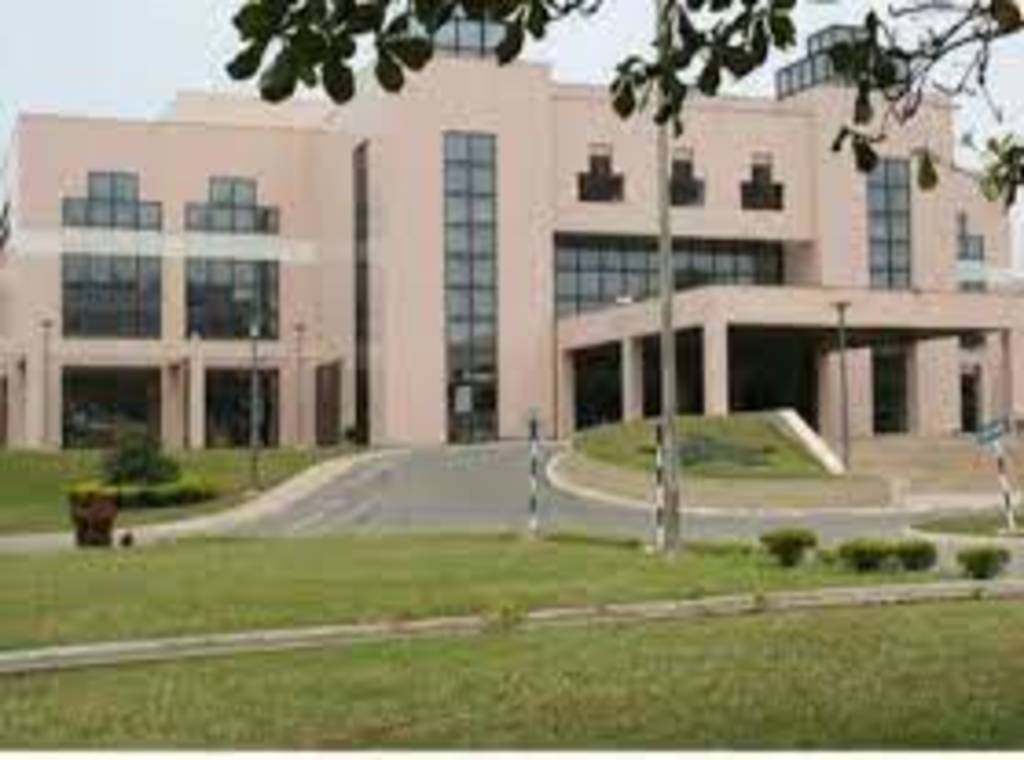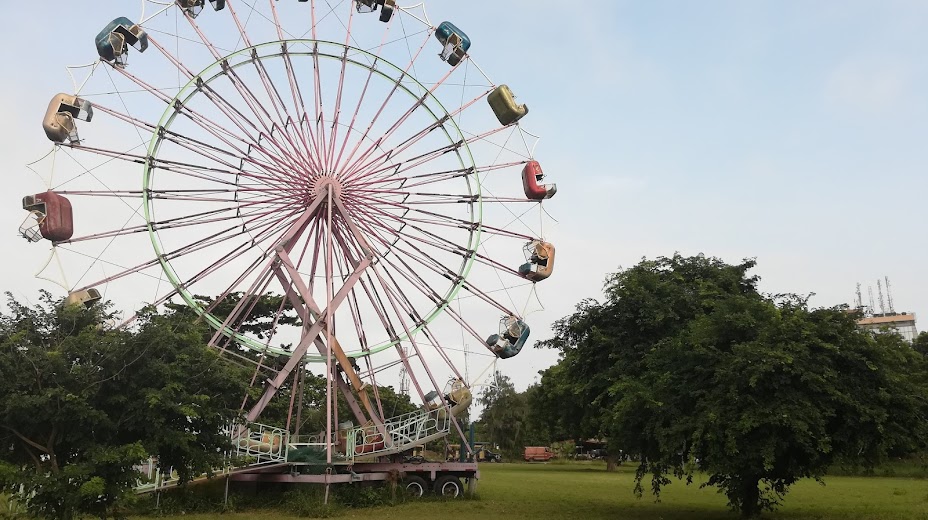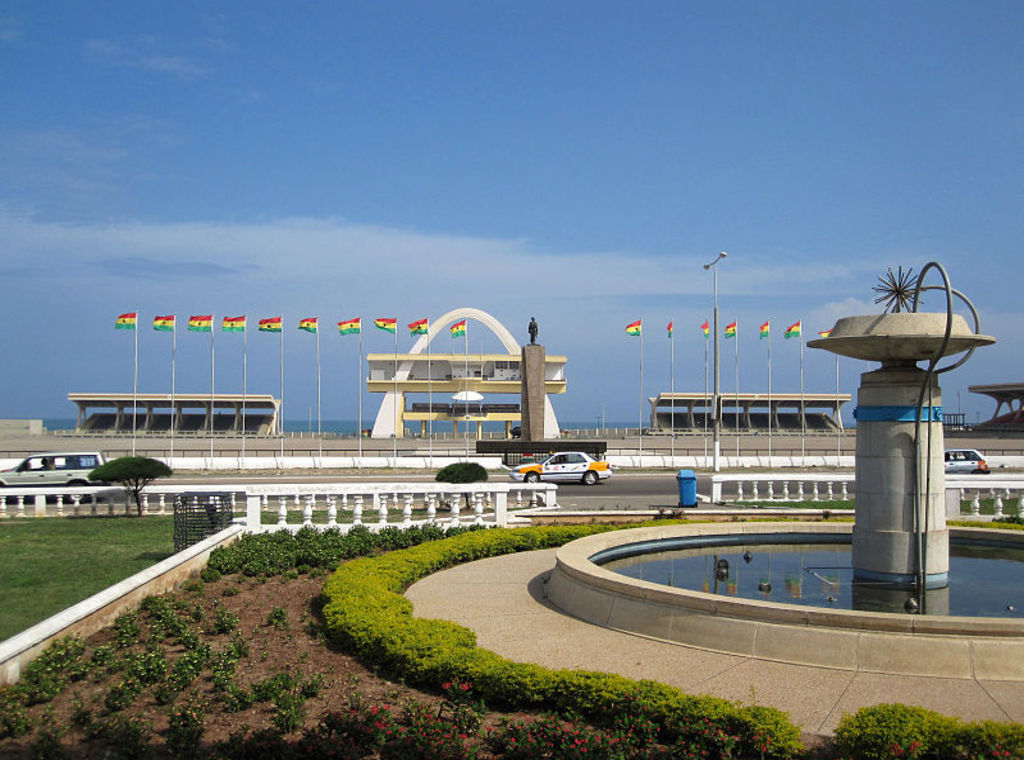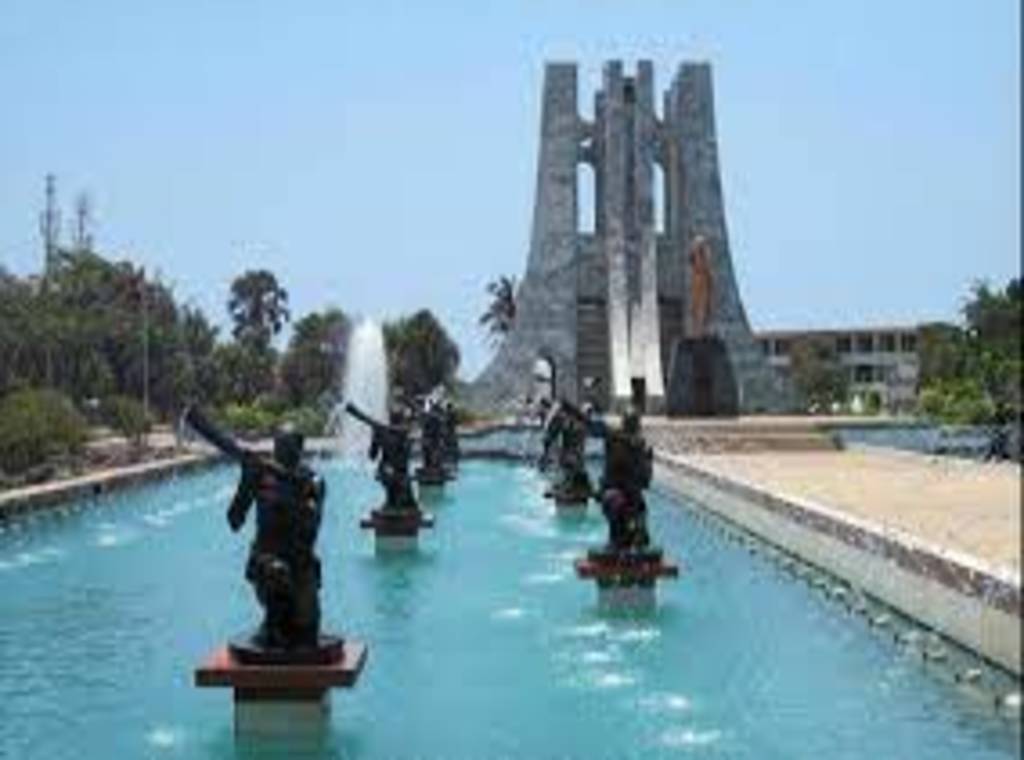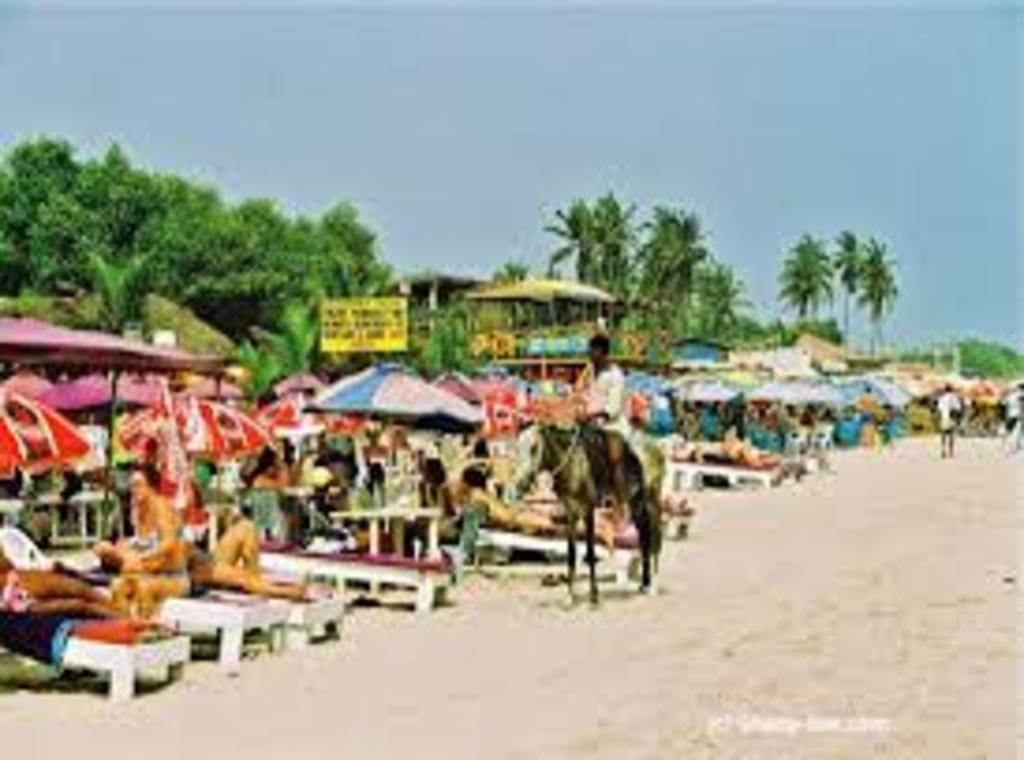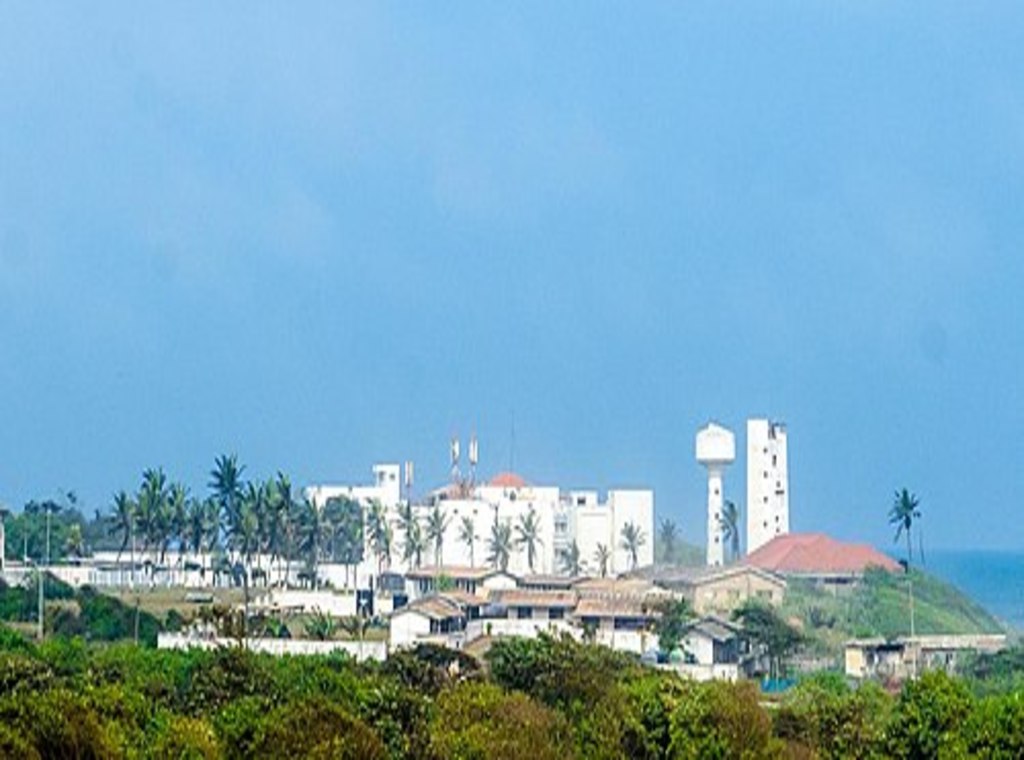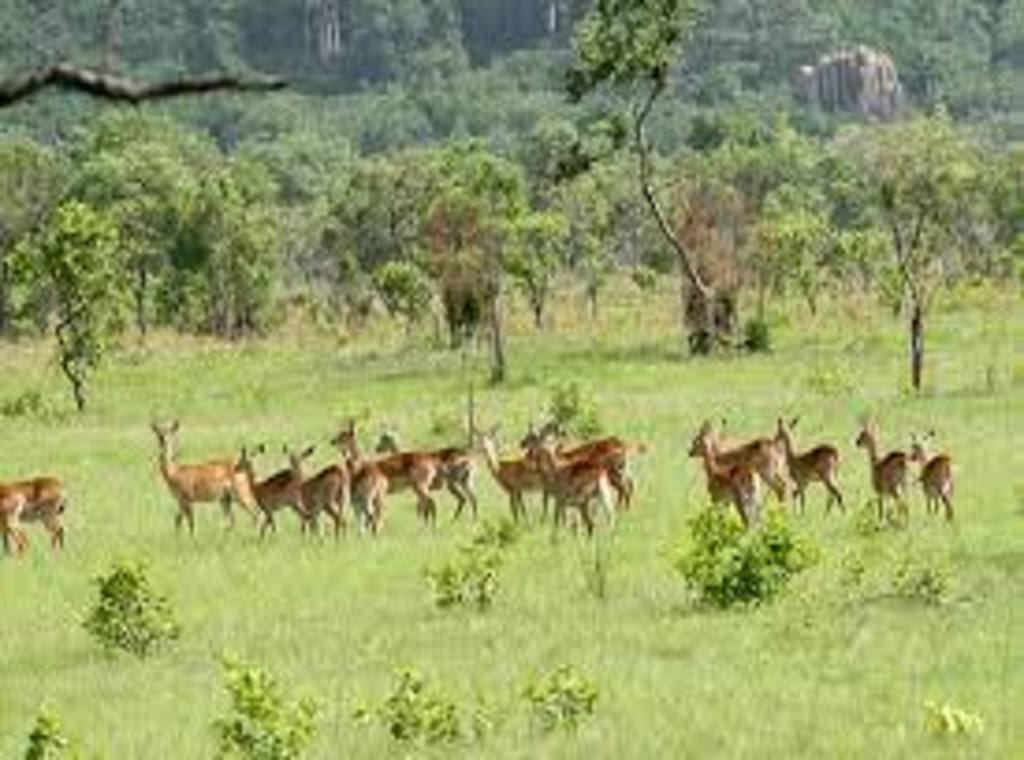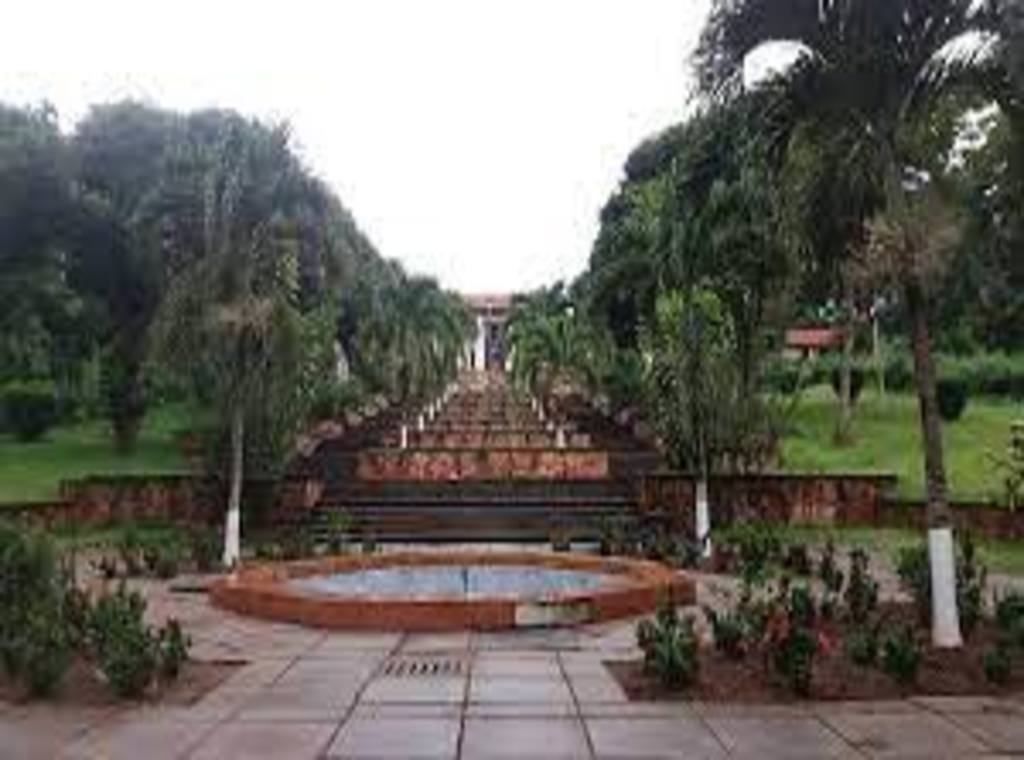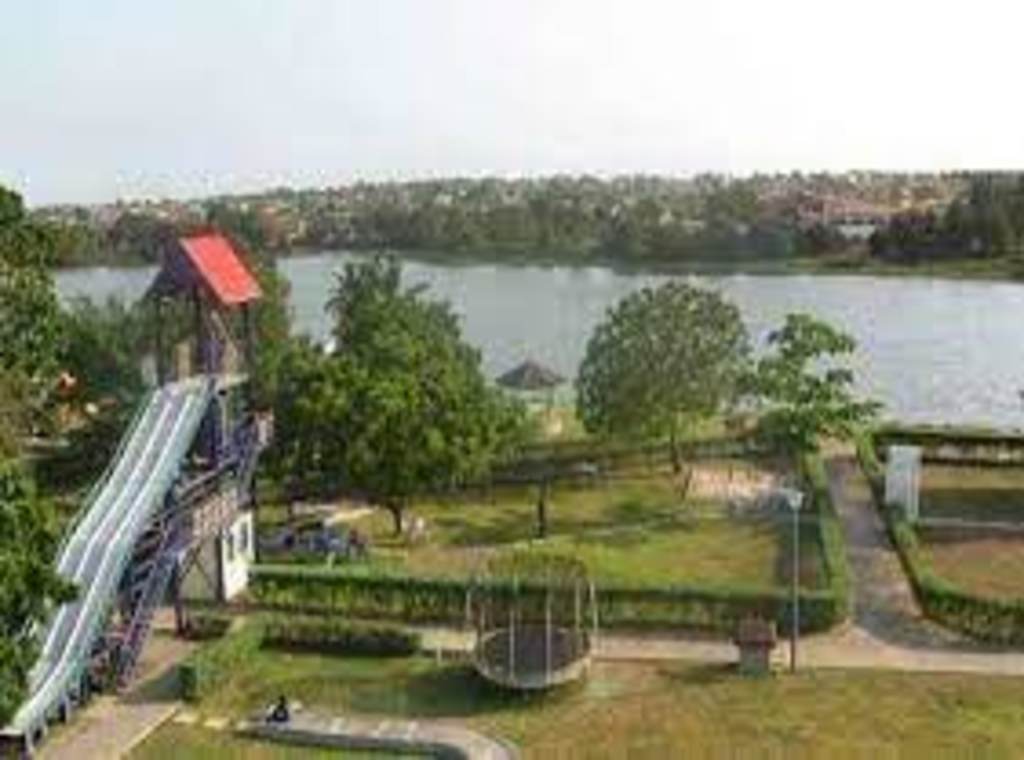Region | Greater Accra Region
Greater Accra Region
- Accra International Conference Center
- Efua Sutherland Children's Park
- Independence Square
- Kwame Nkrumah Memorial Park
- La Pleasure Beach
- Osu Castle
- Shai Hills Reserve
- Legon Botanical Gardens
- Lakeside Marina Park
Description
The Greater Accra Region has the smallest area of Ghana's 16 administrative regions, occupying a total land surface of 3,245 square kilometres. This is 1.4 per cent of the total land area of Ghana. It is the second most populated region, before the Ashanti Region, with a population of 5,455,692 in 2021, accounting for 17.7 per cent of Ghana's total population. The Greater Accra region is the most urbanized region in the country with 87.4% of its total population living in urban centres. The capital city of Greater Accra Region is Accra which is at the same time the capital city of Ghana. In 1960, Greater Accra, then referred to as Accra Capital District, was geographically part of the Eastern Region. It was, however, administered separately by the Minister responsible for local government. With effect from 23 July 1982, Greater Accra was created by the Greater Accra Region Law (PNDCL 26) as a legally separate region. PARKS Greater Accra have Parks like Shai Reserve, Lakeside Marina Park, Kwame Nkrumah Memorial Park, Efua Sutherland Children's Park, RECREATION AREAS National Museum, La Pleasure Beach, Kokrobite Beach, Coco Beach Resort, Cocoloco Beach, Korle Beach Resort, Next Door Beach Resort, Manet Paradise, Ada Paradise Beach, Ningo-Prampram Beach, Rufus Green Parks, Labadi Beach, Laboma Beach, Titanic Beach, Bojo Beach, Sandbox beach Club, Afrikiko, Bloombar, NATIONAL MONUMENTS National Theater, Independence Square, Accra International Conference Center, Center for National Culture, National historic sites, Kwame Nkrumah Mausoleum, Osu Castle, National Museum of Ghana, FESTIVALS The Ga people celebrate the Homowo festival, which literally means "hooting at hunger." This festival originated several centuries ago. It is celebrated in remembrance of a great famine that hit the Ga people in the sixteenth century. It is mainly a food festival which celebrates the passing of that terrible period in Ga history. It takes place in August every year and is celebrated by all the Ga clans. The Adangbe people from Ada celebrate the Asafotu festival, which is also called 'Asafotufiam', an annual warrior's festival celebrated by Ada people from the last Thursday of July to the first weekend of August commemorates the victories of the warriors in battle and is a memorial for those who fell on the battlefield. To re-enact these historic events, the warriors dress in traditional battle dress and stage a mock battle. This is also a time for male rites of passage, when young men are introduced to warfare. The festival also coincides with the harvest cycle, when these special customs and ceremonies are performed. These include purification ceremonies. The celebration reaches its climax with a durbar of chiefs, a colourful procession of the Chiefs in palanquins with their retinue. They are accompanied by traditional military groups called 'Asafo Companies' amidst drumming, singing and dancing through the streets and on the durbar grounds. At the durbar, greetings are exchanged between the chiefs, libations are poured and declarations of allegiance are made. OTHER TOURIST ATTRACTIONS Fishing port at Jamestown Du Bois Memorial Center for Pan-African Culture George Padmore Research Library on African Affairs Agblobloshie Market Makola Market Trade Fair Center
Destinations
What Say Our Client
